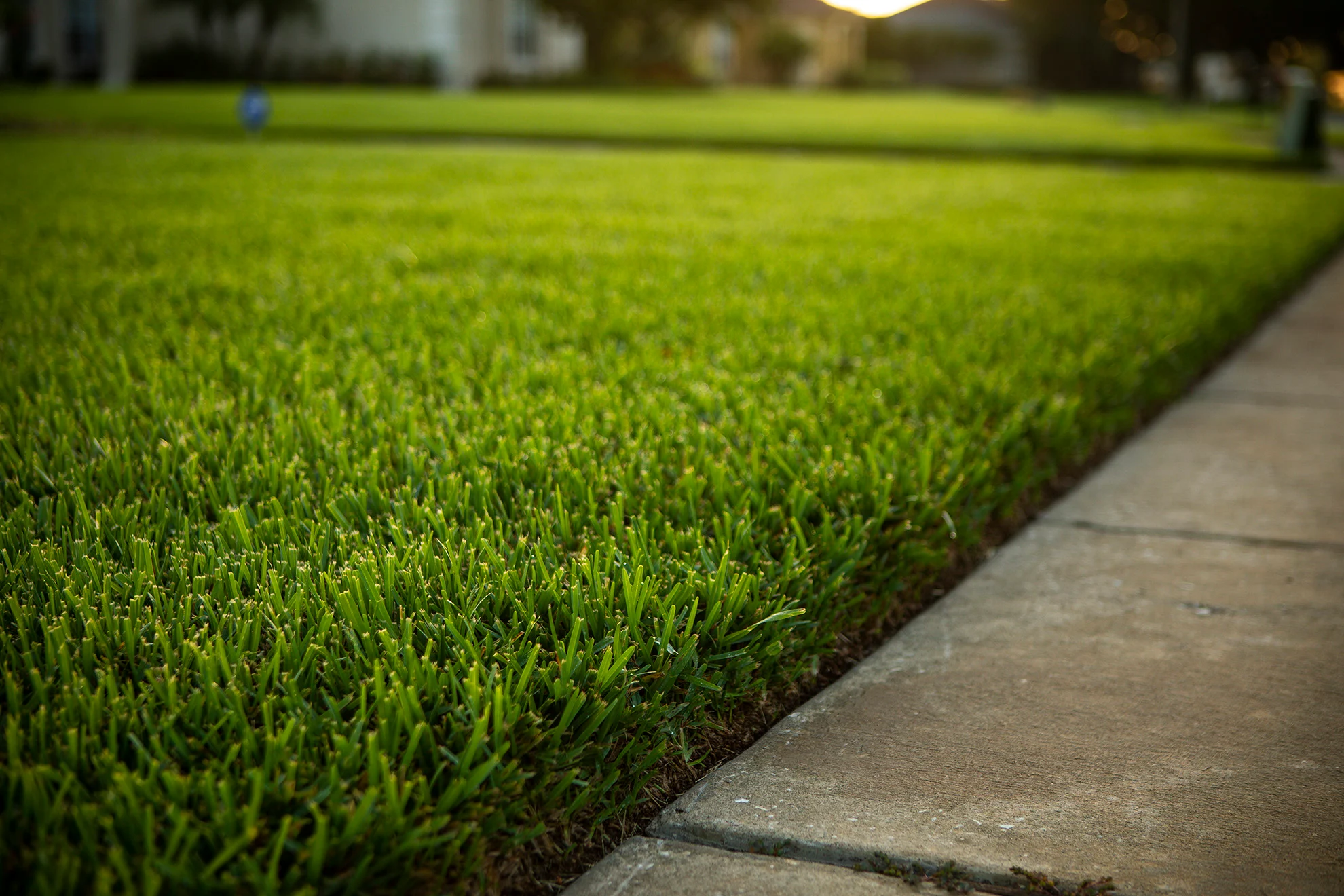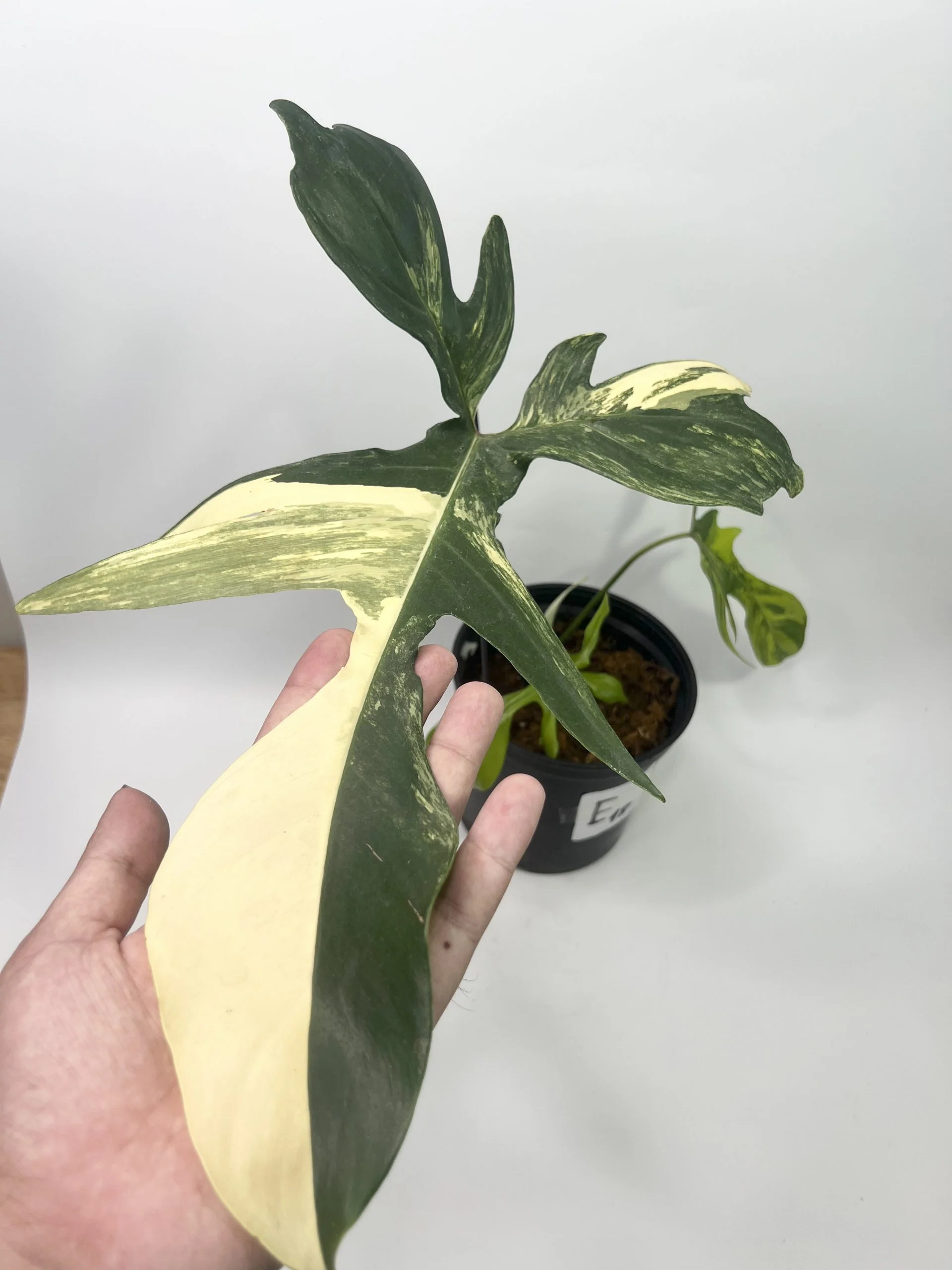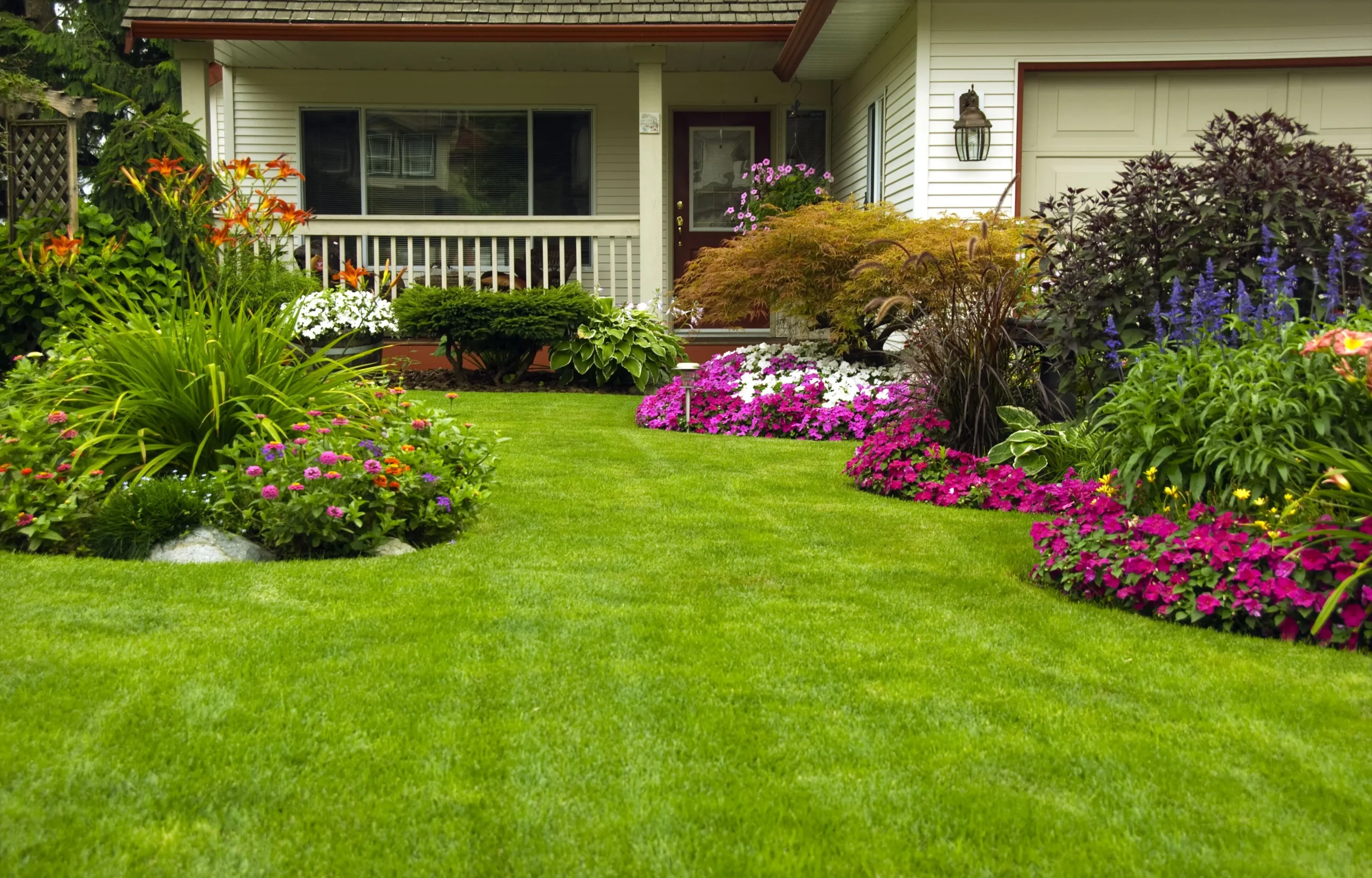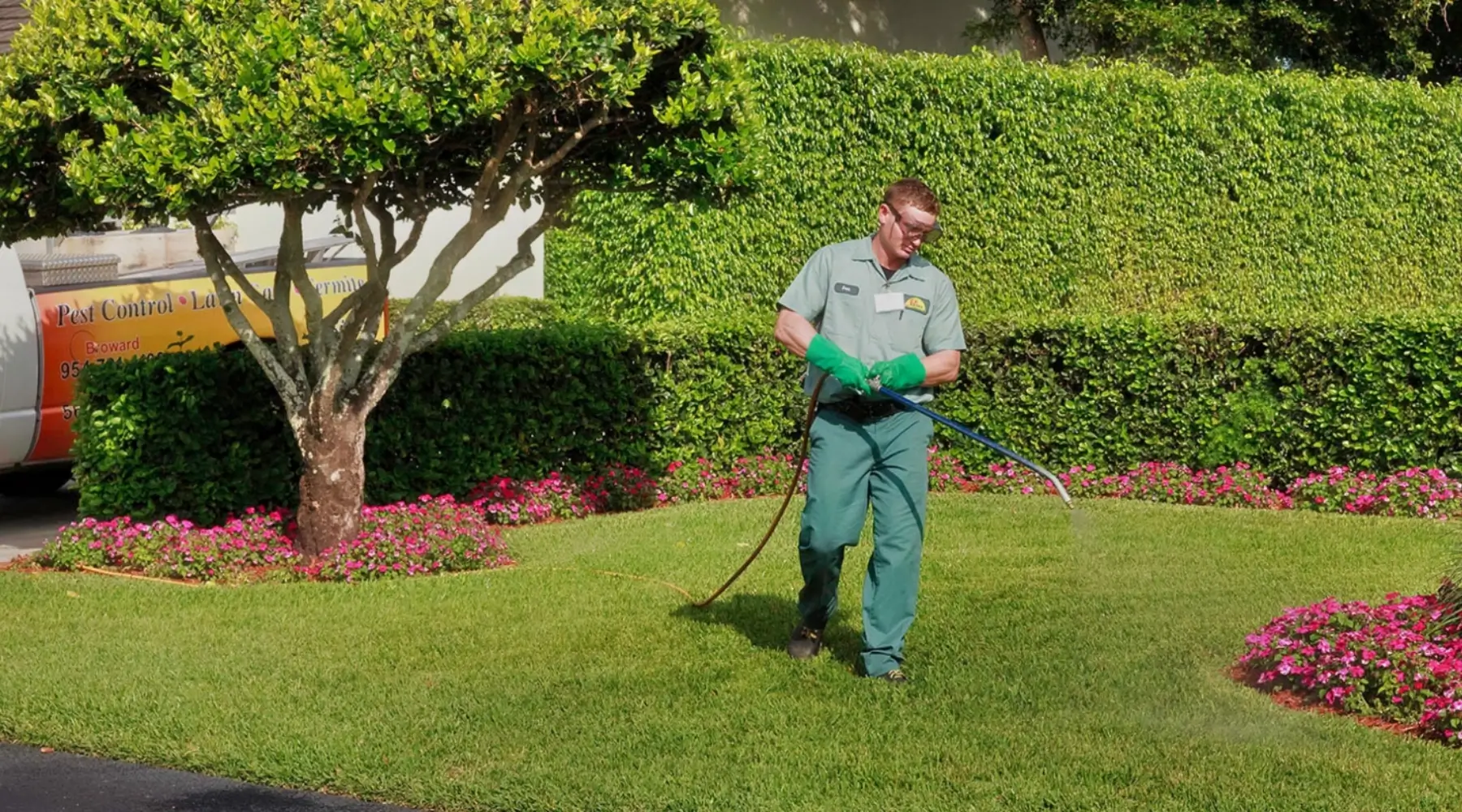When you think about Florida, what comes to mind? Maybe it’s sunny beaches, vibrant wildlife, or fun theme parks. But have you ever thought about the grass? Yes, that’s right! Florida grass plays a huge role in making the state beautiful and healthy. In this article, we’re going to dive into everything you need to know about Florida grass. We’ll explore its types, benefits, care tips, and much more. So, grab a comfy seat and let’s get started!
What is Florida Grass?
Florida grass refers to various types of grass that thrive in the warm, sunny climate of Florida. Unlike other states where grass might struggle due to cold weather, Florida’s warm temperatures and rainfall create perfect conditions for different grass types. These grasses are not just pretty to look at; they are vital for lawns, parks, and sports fields across the state. Also read The Wonders of Florida Grass A Guide for Everyone
Why is Florida Grass Important?
You might wonder why we should care so much about grass. Well, grass does a lot for our environment and our everyday lives! First, it helps keep the air clean. Grass absorbs carbon dioxide and releases oxygen, which is essential for all living things. Second, it prevents soil erosion. When it rains, the grass roots hold the soil in place, preventing it from washing away. Lastly, grass provides a soft place for kids and pets to play. So, when you think about it, Florida grass is a superhero in disguise!
Types of Florida Grass
Now that we know how important Florida grass is, let’s look at some common types. Each type has its unique characteristics, making it suitable for different purposes.
Bermudagrass
Bermudagrass is one of the most popular types of grass in Florida. It’s commonly found on golf courses and sports fields. This grass is tough and can handle a lot of foot traffic, making it perfect for active areas. Bermudagrass loves the sun and grows best in warm weather. It turns a beautiful green in the summer but can go brown in the cooler months.
St. Augustinegrass
St. Augustinegrass is another favorite among Florida residents. It has a thick, lush appearance and is great for residential lawns. This grass can tolerate some shade, making it perfect for yards with trees. St. Augustinegrass also has a beautiful blue-green color that stays vibrant for most of the year. However, it needs regular watering to stay healthy, especially during hot summer days.
Zoysiagrass
Zoysiagrass is a tough contender that is becoming increasingly popular. It has a dense growth habit, making it great for lawns and golf courses. Zoysiagrass can handle heat, drought, and even some foot traffic. It’s slower to grow than Bermudagrass, but once established, it creates a thick, carpet-like lawn that feels amazing underfoot.
Bahia Grass
Bahia grass is often used in pastures and roadside areas. It’s known for being hardy and low-maintenance. Bahia grass can survive in sandy soils and doesn’t require much water. This makes it an excellent choice for people who want a green lawn without too much work. However, it can be coarse and might not feel as soft as other grass types.
Benefits of Florida Grass
You may be curious about the specific benefits of having Florida grass in your yard or community. Let’s explore a few of them!
Cooling Effect
Grass has a cooling effect on the environment. When the sun shines on grass, it absorbs heat and releases moisture into the air. This process helps to cool down the surrounding area, making it more comfortable, especially during hot summer days. Imagine walking on a lush lawn instead of hot concrete; it feels much cooler, right?
Biodiversity
Grasslands support a wide variety of wildlife. Birds, insects, and even small mammals depend on grass for food and shelter. A healthy lawn can attract butterflies and ladybugs, which are beneficial for the ecosystem. By having Florida grass, you’re contributing to local biodiversity and creating a habitat for different species.
Aesthetic Appeal
Let’s not forget how beautiful grass can be! A well-maintained lawn adds charm to any property. It creates a lovely space for family gatherings, picnics, or simply enjoying the outdoors. Plus, vibrant green grass can enhance the beauty of flowers and shrubs in your garden.
Environmental Protection
Grass plays a vital role in protecting the environment. It helps filter rainwater, which reduces pollution in local water bodies. The roots of the grass hold the soil together, preventing erosion and keeping the land stable. This is especially important in Florida, where heavy rains can lead to flooding and runoff.
Caring for Florida Grass
Now that we know the importance and types of Florida grass, let’s talk about how to care for it. Taking care of your lawn is essential to keep it healthy and beautiful.
Watering
Watering is crucial for grass health, especially during the hot summer months. The best time to water your grass is early in the morning. This way, the grass has time to absorb the water before the sun gets too hot. Generally, you want to water deeply but less often. This encourages the grass roots to grow deeper into the soil.
Mowing
Mowing your lawn helps keep it looking neat and tidy. Different types of grass have different mowing heights, so it’s essential to know what’s best for your type. For example, Bermudagrass should be mowed to about 1 to 2 inches, while St. Augustinegrass is best at 2.5 to 4 inches. Regular mowing helps your grass grow thicker and healthier.
Fertilizing
Just like humans, grass needs food to grow strong! Fertilizing your lawn provides essential nutrients. A good rule of thumb is to fertilize during the growing season, typically in the spring and summer. However, be careful not to over-fertilize, as this can harm the grass and the environment.
Weed Control
Weeds can be a real nuisance. They compete with grass for water, sunlight, and nutrients. To keep your lawn weed-free, consider using mulch in garden beds and maintaining healthy grass. A thick lawn is the best defense against weeds. If weeds do appear, there are various natural and chemical solutions available to help control them.
The Role of Florida Grass in the Ecosystem
Florida grass does more than just look good; it plays an essential role in the ecosystem. By absorbing carbon dioxide, grass helps to fight climate change. It also provides food and habitat for various animals, making it an integral part of the food chain.
Soil Health
Healthy grass promotes healthy soil. The roots of grass help to break up the soil, allowing water and nutrients to penetrate deeper. This encourages a thriving ecosystem of microorganisms that enrich the soil, which is essential for other plants and crops.
Water Conservation
Grass helps with water conservation. The way grass grows can help slow down rainwater runoff, allowing more water to soak into the ground. This is especially important in Florida, where heavy rains can lead to flooding. By absorbing rainwater, grass helps to maintain groundwater levels and reduce flooding risks.
Carbon Sequestration
Grass helps capture carbon dioxide from the air. Through photosynthesis, grass converts CO2 into oxygen, playing a crucial role in cleaning the air. This process is vital for reducing greenhouse gases and combating climate change, making Florida grass an essential part of our environment.
Challenges Facing Florida Grass
Despite all its benefits, Florida grass faces some challenges. Understanding these challenges can help us take better care of our lawns and the environment.
Drought
Florida can experience periods of drought, which can stress grass. During these times, it’s essential to water your grass properly to keep it healthy. Some grass types, like Bahia grass, are more drought-resistant, making them a better choice for low-water areas.
Pests and Diseases
Just like any other plant, grass can be affected by pests and diseases. Common pests include chinch bugs and grubs. If you notice patches of brown or dying grass, it could be a sign of an infestation. Regularly checking your lawn for signs of pests can help you catch issues early.
Invasive Species
Invasive grass species can threaten native varieties. These invasive grasses can outcompete native plants, leading to less biodiversity. It’s essential to be aware of the types of grass in your area and choose native varieties when planting new lawns or gardens.
Conclusion
Florida grass may seem like a simple part of the landscape, but it is a vital component of the state’s ecosystem and beauty. From cooling the environment to supporting wildlife, the benefits are numerous. Understanding the different types of Florida grass and how to care for them can help ensure a healthy and vibrant lawn.
So the next time you’re enjoying a sunny day in Florida, take a moment to appreciate the grass beneath your feet. It’s not just grass; it’s a crucial part of what makes Florida so special. Whether you’re playing with your kids, having a picnic, or just relaxing, remember that Florida grass is there, working hard to keep our environment beautiful and thriving.





